Are your customers happy?
If you don’t know for sure, guessing is not the next best thing. According to a 2017 study by the folks at American Express, a person from the U.S. is going to tell an average of 15 people about a bad customer service experience.
Even worse, research by thinkJar’s CEO, Esteban Kolsky, found that only 1 out of 26 unhappy customers complain. The rest will just leave.
This is a huge blow, but it can be prevented.
How? By making it easy for customers to provide feedback and making sure they know that you actively encourage it. A good place to ask for customer feedback is on your website.
If you can make customers happy by solving their problems, then you’re more likely to get good referrals instead of bad ones. Each happy customer tells 11 more, at least the U.S. customers do, according to that American Express study we talked about before, so the results of your efforts will multiply.
In addition to the increase in revenue, there are other benefits to getting feedback from your customers:
- Insightful feedback can help guide product and service development so you focus your resources on what your customers really want from you as a provider.
- Getting customer feedback helps you identify and eliminate problems. People who complain about your products and services aren’t an annoyance; they’re actually helping you do a better job.
Ready to get started?
In this guide, we’ll cover the best ways to collect customer feedback on your website.
1. Popup a Customer Survey
Displaying a simple survey on your site is the easiest way to get feedback.
And by embedding your survey in a popup, you can grab the attention of your website visitors.
Here’s the best way to set this up:
On a WordPress site, you can quickly create a contact form using WPForms, a drag and drop form builder. This way, you don’t have to create or edit any code yourself.
Here’s a complete tutorial on how to create a feedback form using WPForms. Or, you can use your own form HTML. Here’s how to connect OptinMonster with any custom HTML form.
When designing your survey, we recommend keeping it short (1-3 questions only) to encourage more people to fill it out. Use open-ended questions (instead of yes/no questions) to get more in-depth responses. Check out the rest of our survey best practices to get the most out of your online survey.
When you’re done creating your survey, just click the Embed button and copy the shortcode that appears.
Next, you’ll need to follow these instructions to easily connect OptinMonster to WPForms. You can insert your form into any of our pre-made template designs.
To do that simply click on Add Blocks and drag and drop an HTML Block to where you want the form to appear. Then, add the shortcode.
Using OptinMonster, you can specifically target your survey so that you get as many quality responses as possible.
We recommend displaying it to returning visitors and triggering your campaign to display after they view two or more pages.
This ensures that your survey popup only displays to interested visitors who are already engaged with your content and will have an opinion about it to share.
You can also display customer surveys on your site using the UserFeedback plugin by the MonsterInsights team.
With this powerful plugin, you can add user-friendly popup survey forms anywhere on your site to learn what your visitors really think. It’s a great way to get valuable insights into how you can improve your website’s user experience.
Pro TipIf you want to keep your pages from completely reloading when users submit forms on your site, you can do that by creating a WordPress form with AJAX.
2. Put a Feedback Button on Your Website
Using a feedback button gives you another easy way to ask for feedback on your site.
The 2-step process of clicking on the button uses the Zeigarnik Effect, a psychology principle that says those who initiate an action are more likely to finish it.
Once you’ve created your survey campaign, as shown in #1, above, you can create a MonsterLink by going to Display Rules and add the condition If visitor clicked MonsterLink.
Click the button to copy the MonsterLink code, then add it to your site as a button.
Here’s how you create a button in WordPress. Use “Feedback,” “Talk to Us,” or something similar for your button text. When visitors click the button, they’ll see your feedback survey.
3. Offer an Incentive
Sometimes you need to persuade your customers to give their feedback. Some businesses do this by offering a lead magnet in exchange for completing a survey.
For example, this popup promises a free gift in exchange for answering a couple of questions:
Your incentive can be:
- a coupon
- a free ebook
- a checklist or template
- a free guide
Check out this list of lead magnet ideas for more inspiration.
Delivering a lead magnet is super easy with OptinMonster.
Once you have created your campaign, go to the Success view and add a button element with the Button Click Action set it to redirect to a url. Then, add the URL to download the lead magnet in the Redirect URL field.
Complete your campaign setup, save and publish.
This lets you deliver the lead magnet as soon as visitors give their feedback. It’s also a good idea to deliver your lead magnet by email. This starts to build the relationship and trains your customers to look forward to your emails.
4. Use Live Chat
If you want to know what your customers really think, use live chat to talk to them when they’re on your site.
Live chat is fast becoming an important customer service tool because:
- It’s convenient for customers and affordable for you.
- It helps make sales – in one survey, 38% of customers made a purchase because they were able to chat with someone.
- It lets you figure out which issues are important to customers before a sale so you can address those in your marketing.
Good places to put live chat include your pricing page and your checkout page, so you can answer questions and reduce cart abandonment. If you want to implement live chat on a WordPress site, check out this list of live chat software.
Not ready for live chat? Chatbots are a great alternative! Check out how easy it is to connect OptinMonster with ManyChat to create your own custom chatbot or learn more about conversational commerce.
Related ContentLive Chat Best Practices: How to Streamline Customer Service
5. Ask for Feedback at the Right Place and Time
If you want to collect useful customer feedback, it’s important to ask the right question to the right people at the right time, says Zapier. That’ll increase your chances of getting a response.
When getting customer feedback, you’ll likely want to ask different questions on pricing pages and checkout pages. Pricing page questions will focus on information that will help visitors to buy, while checkout questions could focus on the checkout and purchase experience.
You can use OptinMonster’s page-level targeting feature to show different feedback forms on different pages. To enable this, got to Display Rules » current URL path » exactly matches and enter the URL path.
You can use the rule to include or exclude pages, letting you show a particular survey only on a certain page, or keep it from showing on a particular page at all.
6. Find Out Why Visitors Are Abandoning Your Site
OptinMonster’s signature exit intent technology is excellent for collecting customer feedback. It detects when people are about to leave your site, and pops up a campaign.
Here’s how we collect feedback with it on OptinMonster:
When a visitor isn’t ready to buy and clicks on “I have a few questions first!” they can then enter their feedback immediately:
To enable exit intent for your survey popup, go to Display Rules and add a condition for If exit detected, then select the level of sensitivity you want.
You can create recreate the example above by creating a Yes / No campaign.
7. Ask Customers to Self-Select Their Interests
One quick but effective way of getting feedback is to create a campaign where you ask people to select their own interests.
This is a different type of feedback than you’ll get from surveys, but it’s just as valuable.
An example is this real estate campaign. It asks whether visitors to the site are buying or selling a property.
With this information, the company can:
- Figure out what most of its customers like and target promotions accordingly.
- Create concrete buyer personas based on real data.
- Send different emails according to customers’ preferences, making sure they all get relevant information.
The example above was created with OptinMonster’s Yes/No buttons. Let’s create another example.
Pretend you’re a restaurant that offers takeout, looking to find out which customers prefer that option so you can target your marketing to them.
Follow the instructions for creating your first campaign.
When you’re in the OptinMonster campaign builder click on the Yes/No view and then Activate View.
After you have the text of your campaign designed the way you want, you’ll need to set up the button actions. We’ll start by setting up the Yes Button.
Enter the URL of the page you want people to go to. For example, you can create a specific campaign for those who click yes using shareable MonsterLinks.
Follow the same process to edit the No button.
Once you have segmented your customers, you’ll be able to send campaigns that match their interests and even collect more customer feedback.
8. Monitor Analytics
When you’re thinking about how to collect feedback, don’t forget about web analytics. This makes it easy for you to figure out which pages are getting attention and which ones are driving customers away.
If you’re a WordPress user, you can easily find your top blog posts with MonsterInsights. You can also check out your visitors’ actions in Google Analytics.
You can find information about your bounce rate by logging into Google Analytics.
To find your top content, go to Behavior » Site Content » All Pages. Scroll down to the table to see your most visited pages.
You can look at the analytics for Landing Pages instead if you want to see the pages that bring in the most visitors from outside of your site.
You can also change the date range in the top right corner, and compare to a previous period to see what’s changed lately.
9. Run User Testing
You don’t always have to use a form or survey to get customer feedback. Instead, you can see how people interact with your site. Usability Hub has a free 5-second test tool that works like this:
- Upload a screenshot of your page. You can also test logos and marketing materials.
- People look at your page for 5 seconds, then Usability Hub asks what they remember.
- Responses are recorded to give you insight into visitors’ first impressions.
You can also test navigation, clicks, and preferences with Usability Hub.
What to Do With the Feedback You Collect
With so many ways of collecting customer feedback, you’ve got a lot of options for what to do next. You can:
- Use feedback to help with product development. If several of your customers all ask for the same feature, then it’s going to be a priority.
- Reach out to people who give you excellent feedback and deepen the relationship to turn them into advocates. As Forbes points out, they’ll bring you more business by actively promoting your products and services.
- Use positive feedback as social proof on your website. That’ll encourage other visitors to become customers. If you’re really ready to increase your social proof, check out TrustPulse—you could see an instant lift in conversions of up to 15%!
Now that you know the best ways to collect customer feedback, consider improving your content to get better content marketing ROI… and better feedback!
Not using OptinMonster yet? Get started today so you can convert more visitors into subscribers and customers. And don’t forget to follow us on YouTube, Facebook, and Twitter for more in-depth guides like this one.


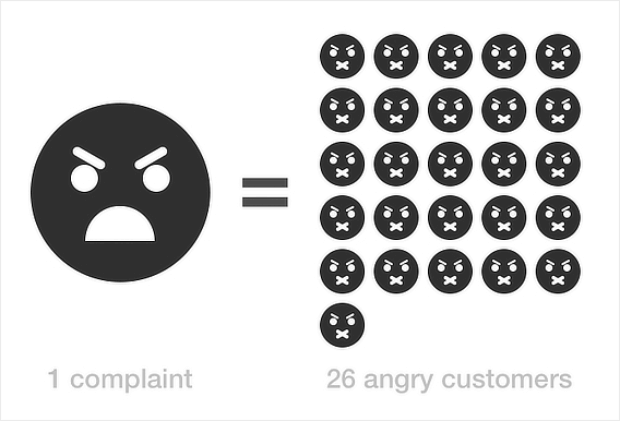
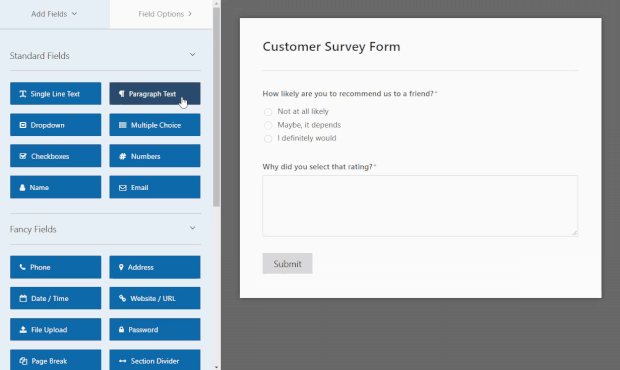
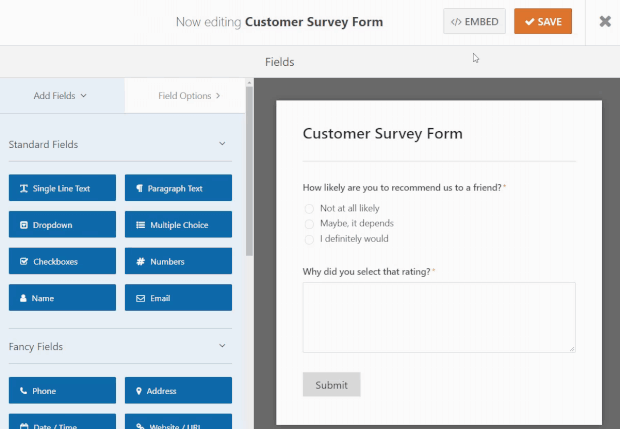
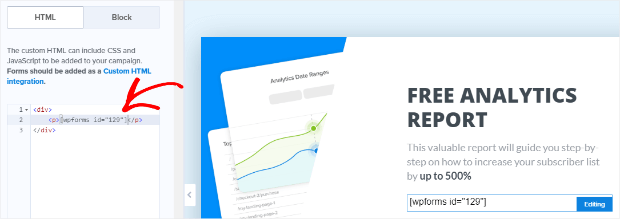
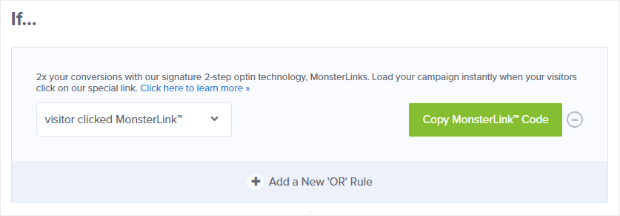
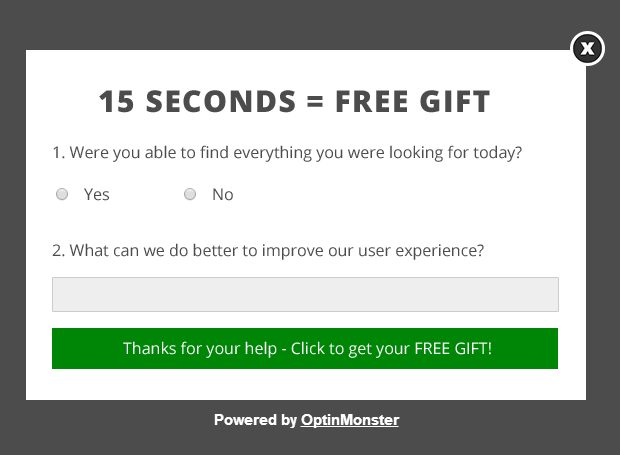

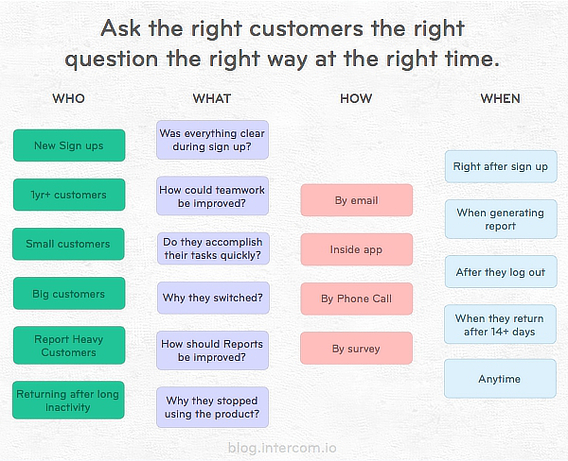


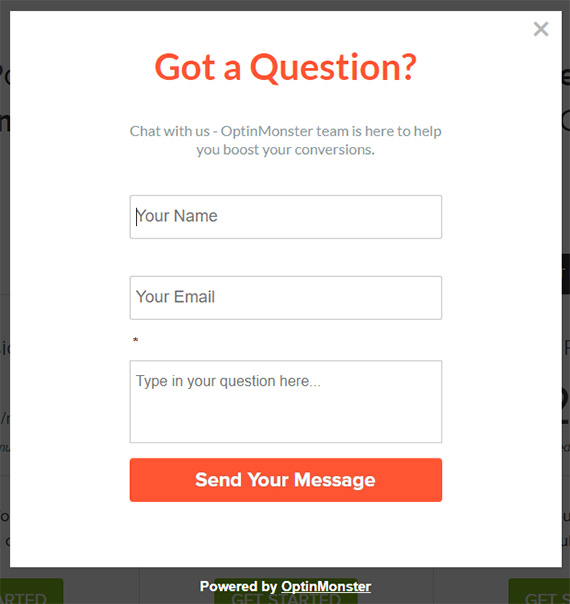


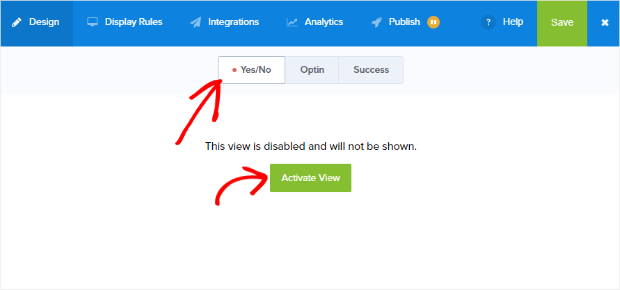
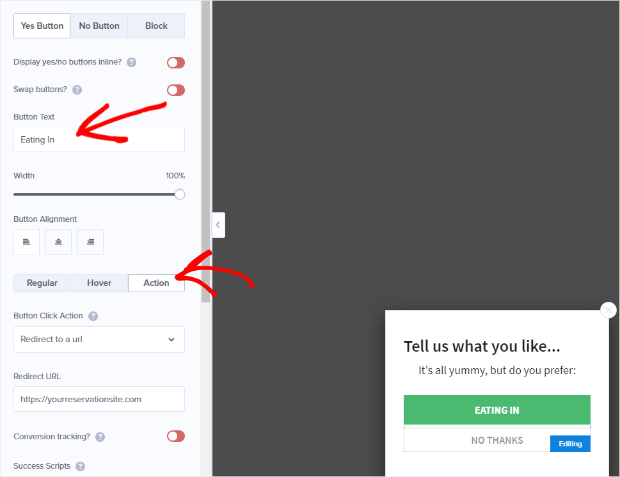
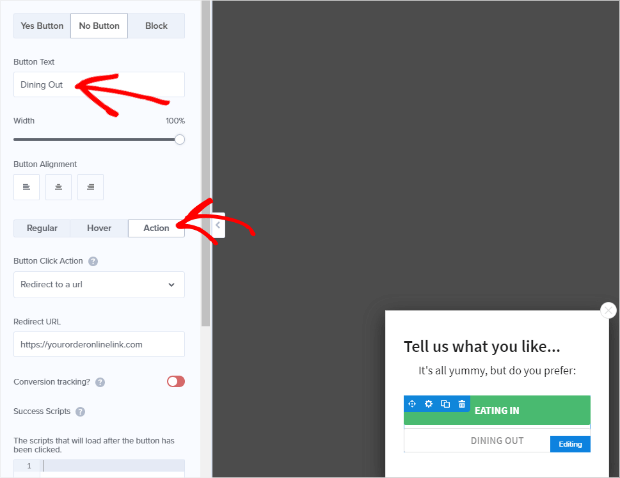

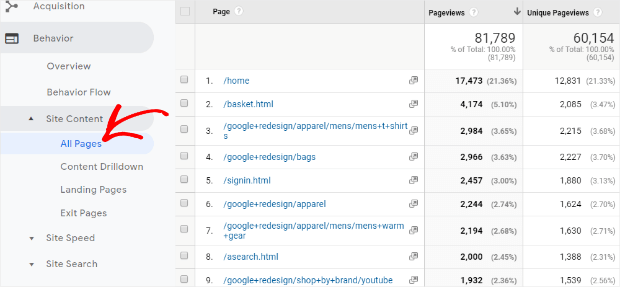
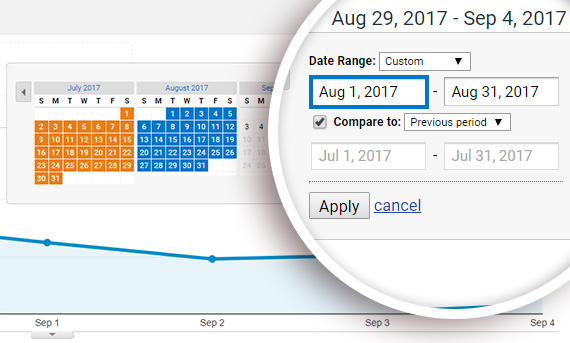
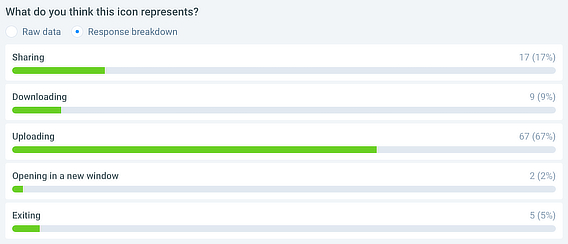









Add a Comment